Ewige Blumenkraft: An Intro to Psychadelia and Magic During the 60’s
An Introduction
As I informed Greg when I joined the staff here at WiW; I have all but deified Alan Moore, hermit and fashion icon, to the point that a few years more than half a decade ago, due to a combination of admittedly obvious but un-acted upon inclinations and a period of heavy opium abuse, I decided to take up the sometimes thrilling, at times disheartening, and occasionally tedious task of becoming a fully fledged magician. After almost being burnt at the stake on no less than two occasions I thought it may be a good idea to just come clean and write for a wider audience other than my beleaguered friends, wife, and infant daughter. Since this week witnesses the publication of Alan Moore’s The League of Extraordinary Gentlemen: Century #3 2009, the close of Volume III, I thought I might go back and revise some ideas I had put to paper about Moore’s portrayal of the Mystic Sixties in last summer’s Century 1969.
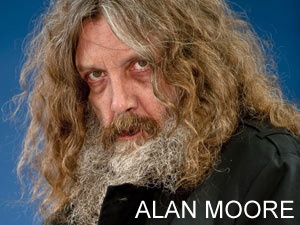 Wow, referencing something that’s a year old and essays that no one has ever seen, we’re off to a smashing start! Self-reference is a pitifully prevalent flaw of occultists of all walks…check out Crowley’s The Equinox sometime; most the other names on the major essays “not” authored by him are pseudonyms. Oh well, stick with me through the meandering introduction and I promise I’ll deliver something that may interest you if you’ve fallen down a flight of steps recently and have become disoriented.
Wow, referencing something that’s a year old and essays that no one has ever seen, we’re off to a smashing start! Self-reference is a pitifully prevalent flaw of occultists of all walks…check out Crowley’s The Equinox sometime; most the other names on the major essays “not” authored by him are pseudonyms. Oh well, stick with me through the meandering introduction and I promise I’ll deliver something that may interest you if you’ve fallen down a flight of steps recently and have become disoriented.
To give everyone a very brief and thankfully vague background to the idea, Century deals with magic in the midst of the plot and in the periphery. Not only fictional magic, there is little difference between fiction and reality in the peacock’s tail spectrum of magic anyway, but real details of the volatile material. If you visit a few of the commentary sites on the series the ideas are painfully ham-fisted and banal; both qualities that Alan Moore does not possess. Sadly, I couldn’t squarely put the blame on the commentators shoulders, although most of it is still firmly in place upon their unworthy carapaces, as until I read this last chapter of the series I shockingly wasn’t very pleased with Moore’s presentation of magic as it seemed to be off-color. I guess it just wasn’t the same angle that Moore usually approaches magic and culture from- in some small, nuanced ways that I have selfishly grown to expect.
ADVERTISEMENT
Okay, just wanted to make sure that I had all my bases covered. Or confuse the shit out of you/convince everyone that I am unwell.
Mystic Sixties. Right. Well, Century 1969 gives (part of) Moore’s version and for a more scattershot perspective I would advise anyone interested to check out Gary Lachman’s Turn Off Your Mind Dedalus Book of the 1960s. Robert Irwin’s Satan Wants Me is both a wonderful fictional portrayal of occult London during that decade and a scathing satire of the occult. I blushed and laughed at the same time while reading it.
Please note that the things we’re about to discuss are mostly supplementary material. One could easily mention the revival of Zen Buddhism, the I Ching, and rise of movements such as Scientology. There are heavy associations between The Beatles and other great bands of the time with magic as well as less savory characters such as Charles Manson. I could go over all this but, like I said, it’s all been pretty thoroughly covered. So, keep in mind that this is a small slice of the swinging occultism of the Love Generation; its enough to get you started. Accompany this with a nice joint, some Donovan records, and the right amount of proto-New Age fluff, back when it had some style and babbled on about the Age of Aquarius more than the Book of Shadows, and you’re prepared.
Alright, let’s begin… in the realm of cinema.
Occult Cinema of the 60’s: A Primer

Harry Everett Smith had already accomplished a great deal of his regrettably marginalized career by the advent of the 1960s. Yet this Allen Ginsberg associate and folk music pioneer, in the larger cultural panacea that is, had finalized his many versions of Heaven and Earth Magic in 1962. The film, which can be found online or purchased from the “Harry Smith Archives”, initially looks like it was animated by Terry Gilliam, it was made using illustrations from Victorian magazines, and follows a deceptively simple plot of the search for a lost watermelon. Hauntingly odd and utterly gorgeous in a surprising way, there is a deeper magic to be found within; Smith himself told interviewers to look for the Qabalistic significance within the film. Even without the hint, the audience can certainly sense something afoot as the film becomes wilder. The best way to experience this is to watch it, of course, especially at night or in a darkened theater. Harry Smith went on to become a celebrated milk pourer.
The other great magician-filmmaker is the slightly more famous Kenneth Anger. He had “starred” as the Indian Prince in Max Reinhardt’s stunning adaption of A Midsummer’s Night Dream in 1935 and aside from the deliciously sleazy books on Hollywood gossip (Hollywood Babylon) his work has always followed in magical style. While Inauguration of the Pleasure Dome, (which he would remake into a version to be watched while under the influence of psychotropic mushrooms during the pertinent decade), Rabbit’s Moon, and my favorite, Puce Moment had already been filmed and screened his most accessible and perhaps most famous film Scorpio Rising premiered in 1963. It is a heady swirl of biker gang and death imagery with a healthy dose of homoeroticism, maybe the first use of contemporary pop music in a film, and occult symbolism… all in thirty minutes. This has always been a favorite movie of mine to play in the background of parties simply because it is wonderful to hear the one person who is actually watching the film’s confused remarks as new themes are introduced. The juxtaposition of an old film about Christ and the Apostles with a sexually charged masquerade and deadly race set to Little Peggy March’s “I Will Follow Him” is always a laugh. You’ll never watch Sister Act the same way again. Scorpio Rising is also lauded as a perfect example of experimental film and stills from it are often included in film textbooks…or at least they were in mine.
Anger’s next release was Invocation of My Demon Brother, which features Anton LaVey and, despite the Mick Jagger soundtrack, has never really garnered my favor. On the topic of the Stones, their album Their Satanic Majesties Request is ripe for occult speculation with “Gomper” being what I am convinced is a soundtrack for tantric sex and “She’s a Rainbow” almost certainly being applicable to Babylon the Great. “Citadel” is one of the finest psychedelic songs I’ve ever heard. Although it was lambasted as critics as a poor imitations of The Beatles’ Sgt. Pepper’s Lonely Hearts Club Band it’s my favorite Rolling Stones album. So who are you going to believe; music critics or some guy you just met on the internet…I know who I’d choose.
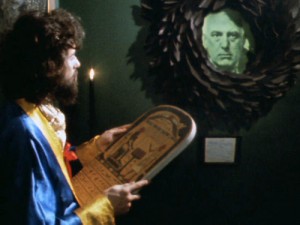
While it was completed in 1972 and released in 1980, Lucifer Rising is surely a product of Kenneth Anger’s life during the Sixties decade. Take into considertion that Bobby Beausoleil composed the score for the film behind bars- he was a member of the Manson Family and associated with the infamous murders committed by that group. Not that that takes away from the film in anyways of course, besides I’m of the camp that believes Beausoleil had no idea what he was getting into.
Often considered Anger’s masterpiece, Lucifer Rising is another collage of events that sticks with you like an absinthe flavored lozenge lodged in your throat. Starring Donald Cammell, co-director of the occult crime film Performance, (which Alan Moore has already expounded in interviews, along with Lachman), and Marianne Faithful we, the viewers, are transported from solemn Egyptian vistas to ancient European pagan sites as night descends, we witness a Thelemic ceremony, and await the coming of the UFO Lucifer VII. Watching this and his redubbed version of Rabbit’s Moon with the very trippy song “It Came in the Night” played on loop the first time was certainly a pivotal moment in my life. This is potent stuff here and, again, the best way to experience it for yourself is to go out and watch it. Anger was a Crowley devotee of course and much of Perdurabo’s ideas bleed fantastically into the celluloid.
Those interested can currently find all of Anger’s films bundled in The Complete Magick Lantern Cycle.
Magic on Paper
Now we get to jump to my favorite fellow from the whole sixties occult scene who wasn’t even published until the seventies. His name was Robert Anton Wilson and you’ll never know a better fellow. His main work that deals explicitly with this time period, though all of his work is arguably influenced by its ideas and revelations, is The Illuminatus! Trilogy with Robert Shea and the first Cosmic Trigger. While generally known as a seminal piece of conspiracy fiction The Illuminatus! Trilogy is in many ways a handbook to magic if one has the proper lens to view it by and a jolly good read. Really, I read it when I was first drowning the last remnants of sanity underneath a tide of occult books, and rereading a few years later I couldn’t believe how much of a field day it was! Inside you’ll find references to Discordianism, political theory, Aleister Crowley, Timothy Leary, the Hashashins, and of course the Illuminati. It’s written in a style that makes it truly difficult to put down and is a true treasure trove of ideas.
Cosmic Trigger is an autobiography and like all of Wilson’s work a foundation for speculation upon matters esoteric and exciting. Inside you’ll find accounts of his meetings with Mescalito, the spirit of Peyote, and messages transmitted from Sirius. The Sirius connection is something he shares with the ever engaging and ever confusing Kenneth Grant, firsthand Crowley associate, head of the O. T. O., preserver of the legacy of Austin Osman Spare, and perhaps the man who really made it “a thing” to mix Lovecraft and the occult. His The Magical Revival was released in the sixties setting a whole new perspective upon Crowley aside from John Symonds foolish and narrow-minded take in his biography The Great Beast. Interestingly he took that new perspective on Crowley to extremes beyond that comfort zone of many occultists and continued to shock and astound until his death almost two years ago.
This is a very brief version of the post I had intended on making, but considering the length it was going to be I thought it may be wise to make this a synopsis. In no way is this the whole piece of 60’s occultism and I could go on about any of the topics herein. I could even make this the first of a multiple series of entries. If you all have any suggestions or questions, feel free to post them and I’ll try to expound. I’d definitely like to do more with Wilson and Grant and there’s a lot more to the Mystic Sixties… this is more of a fill-in-the-blanks for where the other works skimped, in my opinion. Otherwise I’m really just testing the waters and introducing myself. Need anything magical? I’ll provide for the low cost of your soul or firstborn. There’s a lot more than history to this matter, if you’re wondering.
One last thing on the topic of the Sixties: while they may seem dead and buried in the past remember what Moore’s Promethea observed about that time; “You’re saying that the explosion of psychedelic consciousness during the sixties was important, however it ended up. I guess because it was the largest ever generation, it influenced what came after, for better or worse. It’s ideas are still around today…”
Without John Mitchell and Fortean Times would anomalous phenomena still be a topic of such interest?
Kallisti!
MORE GREAT STORIES FROM WEEK IN WEIRD:



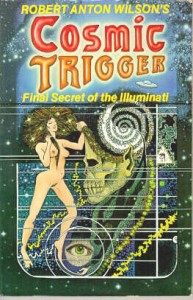
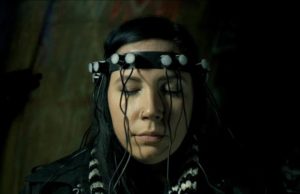
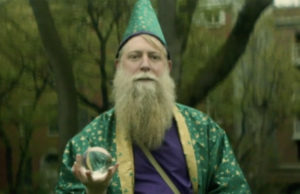
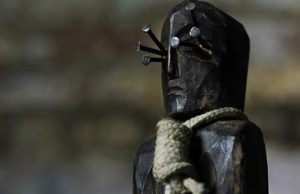
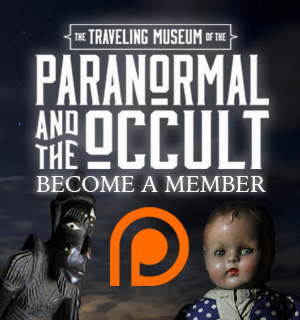
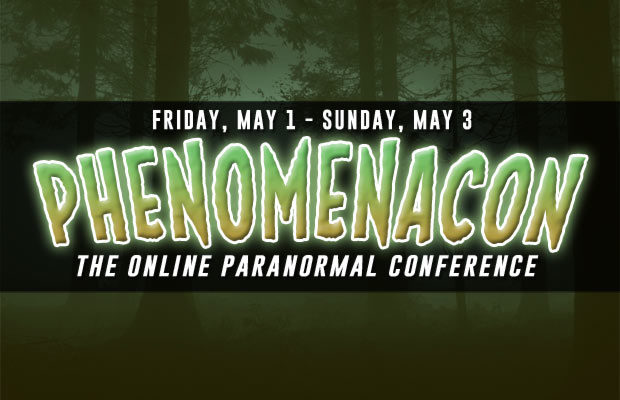
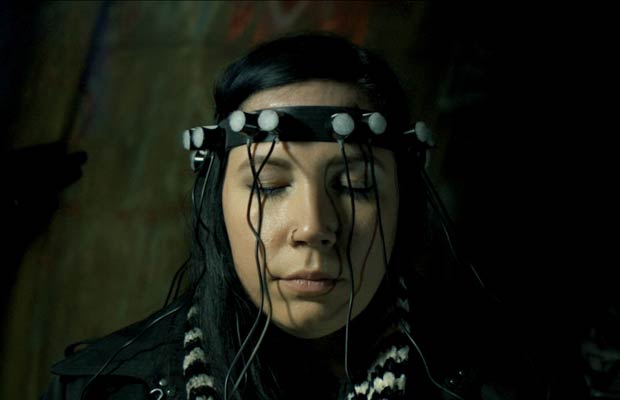

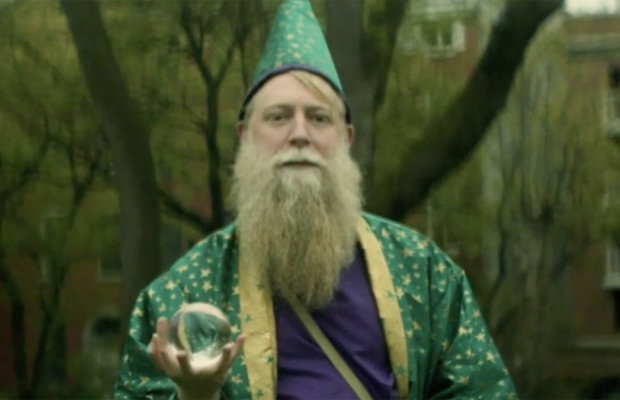

You must be logged in to post a comment Login